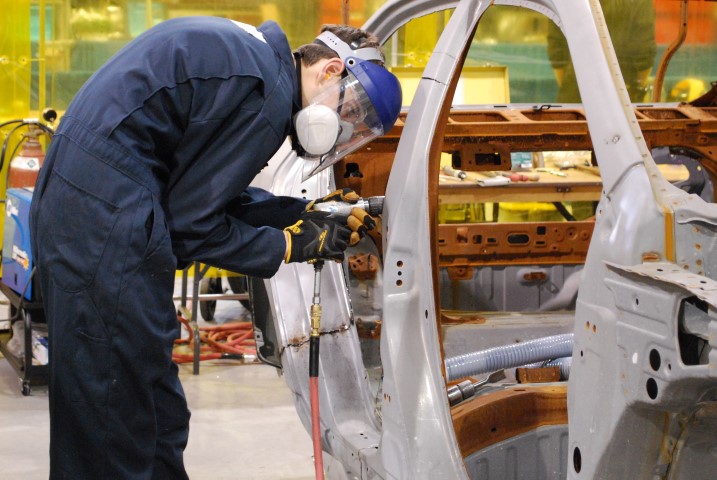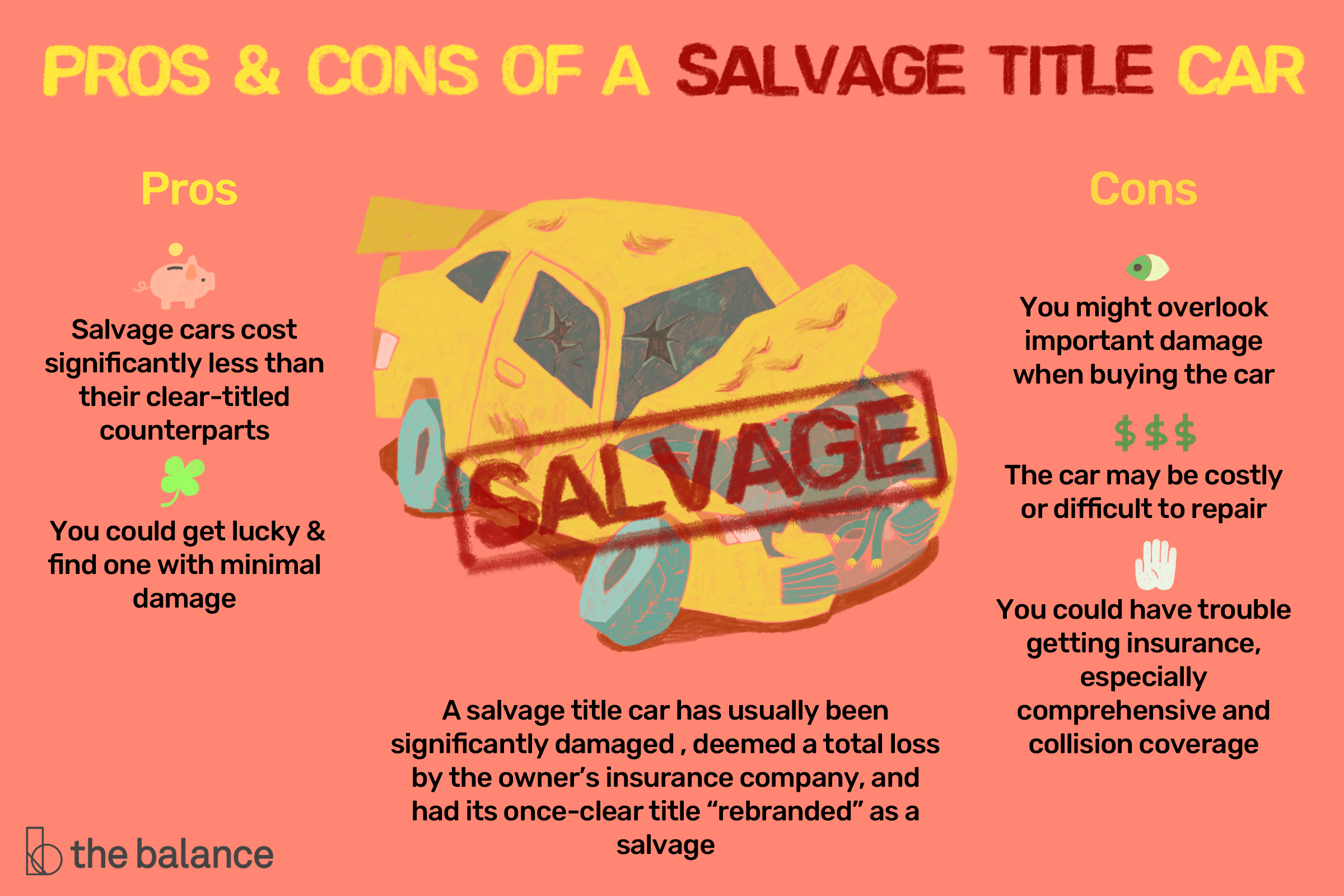
It is not easy to know whether you should replace an engine in your car yourself, purchase a rebuilt one, or buy a brand new one. There are many options. This article can help guide you in choosing the right option. We will talk about donor engines versus rebuilt ones, and which one is the easiest to install. Learn more about the pros and con of each option.
Cost to replace an engine
It is possible to restore the engine to its original functionality but it can be expensive. Other than the engine, there are many other costs, including new oil, fluids, hoses, pumps, and labor. Sometimes it is easier to write off your vehicle and have it repaired by someone else than it is to fix it. If your vehicle is worth less than $30k, you may want to consider replacing the engine instead of buying a new car.
You can also purchase a used engine for a fraction of the price of a brand-new one. A decent engine should not have been driven for long periods of time and does not need to be replaced. While rebuilding an engine is cheaper than buying a brand new one, it will still cost you more. If your car is already covered by warranty, it might be easier for you to replace the engine.

Remanufactured engines vs. rebuilt
Remanufactured parts are very similar to those in a rebuilt motor, but they are made from old parts. Remanufactured engines are usually more expensive but last for longer than the rebuilt ones. Remanufactured engine are typically covered by a longer warranty. Rebuilt engines undergo a more thorough restoration.
A rebuilt engine is made up of parts that have been replaced. It was taken apart, cleaned and reassembled with new parts. The engine was reassembled in a better way than it was before. If parts are damaged or not up to standard, they are replaced with newer ones. Some engines can last hundreds of miles while others only last for a few hundred. Both types of engines are durable if well maintained.
Donor engines vs. crate motors
To ensure compatibility, it is a good idea to compare the costs of donor and crate engines when building a car. Crate motors are less expensive but more difficult to fit. You may need to replace various components depending on the type of motor that you buy, such as the timing cover and timing chain.
Crate engines are available in many sizes. From long block to complete engines, these engines include the oil pan, cylinder heads, intake and exhaust manifolds, engine main harness, and sensors and actuators. Complete engines are the most economical and convenient option for a drop-in replacement, but they require more expertise than crate motors. Another option is to purchase a long or short block and have it customized for your car.

Installing donor engines is simpler
Donor engine installation is easier than ever. Even though used engines are cheaper than new or remanufactured ones, you cannot guarantee their mileage, service history or warranty. Make sure to check with the engine broker for verification of low mileage and warranty. Donor engine are a good alternative to new or remanufactured automobile engines. Once the donor vehicle is disassembled and cleaned up, the donor engine will then be installed by a qualified mechanic trained to replace engine parts.
Depending upon the source of the donor engines, you can choose from either a stock or turbocharged version. It is generally easier to install donor engines than newer car engines. However, you might consider buying a new one if it is not fitting. Many engine manufacturers will offer a low-cost upgrade to make your engine fit in your new vehicle. It is easier to install donor engines than new cars engines and it is often easier to locate them.
FAQ
What are the requirements of an automotive technician?
You need to have high school diploma or GED and good grades in English as well as maths. It is also necessary to be able both to read and to write. To be allowed to work, you must pass a written and practical test.
What length of an automotive course is it?
An automotive course lasts 3 years.
The first year focuses on theory and learning about cars. Practical training is the second year. You will learn to drive, fix engines and perform other tasks around the car. You will spend the final year working in a local garage to gain real-world experience.
What should I know about car mechanics
For an auto mechanic job, you don’t have to be an expert in cars. The only thing you need is the ability to fix them. That's why most people start doing jobs like fitting brake pads or changing tires before progressing to more complex repairs.
It is important to be able to read and understand diagrams as well as written instructions. You will also need to understand how parts should be replaced or repaired.
It is important to understand that vehicle repairs should only be attempted by those who have received the proper training. This is especially true if your job involves expensive parts like transmissions or engines.
In fact, even though you won't need to know much about cars, you will need to thoroughly know the basics of mechanical engineering and physics. This includes understanding the mechanics of how engines and brakes work.
It is important to realize that you must be ready for all types of situations. If your vehicle has been in an accident, you might need to be able to handle it. Additionally, you will need to have experience with handling accidents and breakdowns.
It is important to be open to learning new skills quickly. It is important to be able both to diagnose problems and perform simple maintenance tasks, such as tightening nuts.
Statistics
- According to the BLS, the median annual salary for automotive service technicians and mechanics in the United States was $44,050 in May 2020. (uti.edu)
- According to the BLS, total auto technician employment is expected to exceed 705,000 by 2030. (uti.edu)
- 52% of Mechanics in the United States think their salaries are enough for the cost of living in their area. (indeed.com)
External Links
How To
How to become an automotive technician
An automotive technician provides repair services and maintenance to vehicles. He/she works at automotive shops, garages or service centers. He/she assists customers in fixing their cars, trucks or motorcycles. An automotive technician must be able to diagnose problems and make repairs quickly, safely, accurately, and efficiently.
If you want to be an automotive technician, you need an associate degree from vocational school. After completing this program the student must pass the National Institute for Automotive Service Excellence exam (ASE). ASE stands to American Society of Mechanical Engineers. The ASE certification test consists of two sections. One section tests mechanical knowledge; the second section tests practical skills. To take the test, you must visit one of the approved testing locations. These locations can be found online or at your local auto dealer.
After passing the exam, a candidate must take a state exam before being licensed as an automobile technician. It varies depending on the location of the applicant. Some states require that applicants attend a training class, while others allow them freedom to study at their own pace. Some states allow technicians to become licensed right away after receiving their license. While others wait until they have had at least six years of experience as an automotive technician.
To get started as an automotive technician, a person should apply to a local automotive dealership. Most employees who are hired start as apprentices. Apprenticeship programs typically last three to four years. The apprenticeship program teaches students how to change oil, adjust brakes, replace tires, clean spark plugs, inspect engine compartments, and perform routine maintenance. Some students learn how to do advanced repairs, such as installing air filters, replacing shocks, repairing engines, and replacing transmission fluids. Schools offer classes during business hours. However, some schools offer evening classes if needed.
After completing an apprenticeship, a student becomes a journeyman. Journeymen typically spend four to five years learning how to install major systems, such as transmissions, differentials, steering gear, suspensions, and drive shafts. Journeymen also learn to fix complicated problems, such as rebuilding engines or troubleshooting electric components. Many employers prefer to hire Journeymen because they understand the job well.
Once a candidate passes the required exams and is granted a license, they might consider opening their own shop. According to the Bureau of Labor Statistics in 2010, nearly 1.7 Million automotive mechanic jobs were available. This number was expected increase 18% between 2009 - 2020. If a candidate decides to open his/her own shop, he/she should prepare to invest many thousands of dollars in equipment and supplies.
Automotive technicians' salaries depend on many factors such as the employer, whereabouts, education level and experience. On average, an unemployed person could earn $20,000 annually. An individual with a high school diploma can earn about $21,000 per annum. Those with an associate's degree earned approximately $24,000 per year. Technicians with a bachelor’s degree made about $27,000 annually. The average annual salary for those with master's degrees was $32,000. Salary increases are common so professionals who make less than $30,000 a year could realistically expect to earn $40,000 over the next few years.